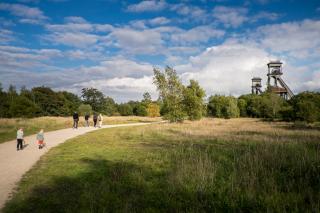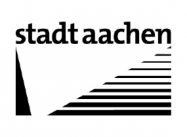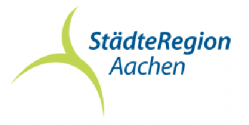
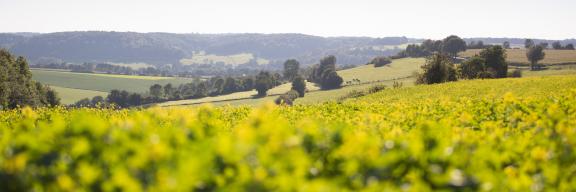
A landscape with many names
You don’t yet know the THREE COUNTRIES PARK? But no doubt you have already visited some parts of the region – with such evocative names as the Pays de Herve in Wallonia, Limburg’s Heuveland in the Netherlands, Germany’s Münsterländchen and the Flemish region of Voeren - or tasted their regional products. The project area of the Three Countries Park extends across these and other notable regions, such as the Hesbaye, the Weserland, the Aachen district, Mijnstreek, the Hoge Kempen National Park and parts of the High Fens, the Jülich Börde and the Meuse Valley.
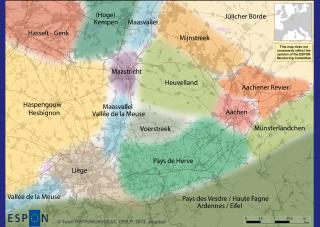
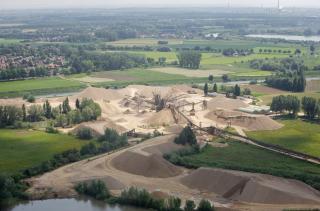
A landscape with many faces
These adjoining areas each have their own character and their own identity. But landscape does not stop at the frontier. On either side of the borders you will find many common features (such as mining) and similar trends, for example urban growth and structural changes in agriculture. Likewise, the region’s water – which flows into the Netherlands from the source regions of Germany and Belgium - or migratory animals such as the wild cat do not stop at national frontiers. These are just some of the many reasons why, in the Three Countries Park, we collaborate across borders.
A landscape with a European history
Preserving the diversity of the landscape, fostering what we have in common and addressing cross-border problems together: this is what it’s all about for the partners of the Three Countries Park, who are acting entirely within the spirit of Europe. The border region itself was a centre of European development. Even today the landscape shows many traces of Europe’s bygone eras and as such it is an invaluable example of European heritage. But the landscape was and remains dynamic, and is constantly changing. It should not be a museum, but should develop in such a way that it can offer the basis for millions of people to live and engage in economic activity and for diverse ecosystems to thrive both today and in the future.
